History is full of figures who pursued fame and strived for recognition, however for Buffalo Bill fame came easily; recognition and acclaim followed him throughout his life.
Born William Fredrick Cody on February 26, 1846, Buffalo Bill saw the real west as he opened his eyes in the frontier land and was passionate about the way of life out West. Buffalo Bill was renowned as the most famous buffalo hunter who ever lived, an army guide and scout, showman of the frontier, a Pony Express Rider, and even an author to boot. One could safely make the argument that Cody’s from an early age was destined to go down in history.
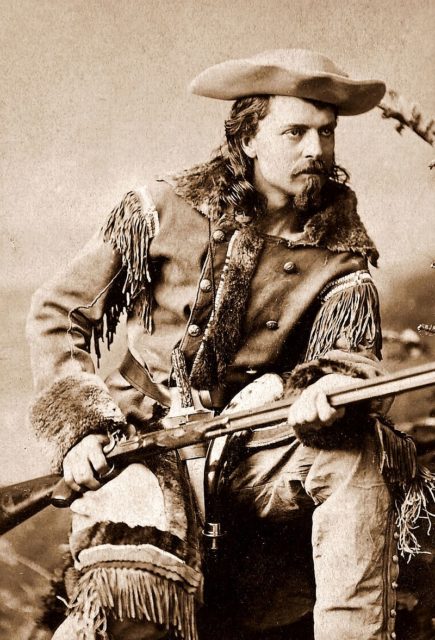

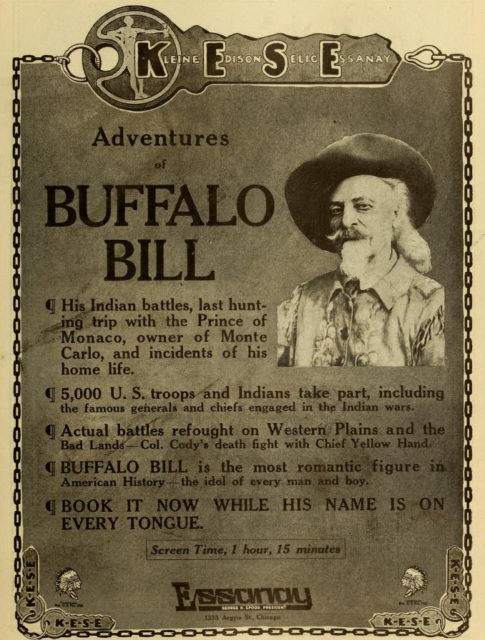
Cody first gained recognition for his remarkable success as a buffalo hunter. The latter half of the 19th century saw a tremendous decline in the population of wild buffalo in the West, as commercial hunting skyrocketed.
Much of this demand for buffalo came as the need to supply food to railroad workers increased. At his peak, Cody was responsible for killing 11 out of 12 buffalos hunted for the purpose, earning the famous nickname as the Buffalo Bill. Cody did not stop at that and joined the Army Scouts where he quickly gained recognition for his bravery. As his fame grew along with tales of his courage, Cody was often seen accompanying rich Europeans and sometimes even royalty on difficult hunting trips.
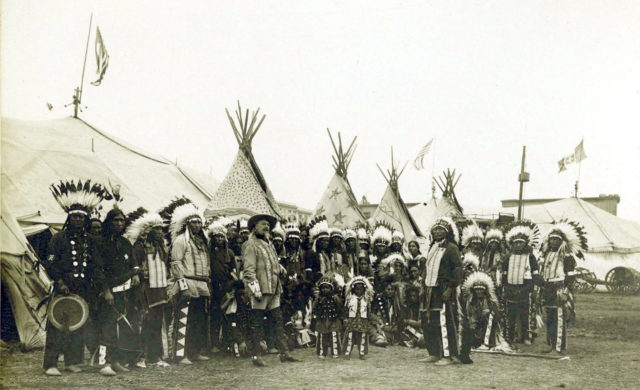
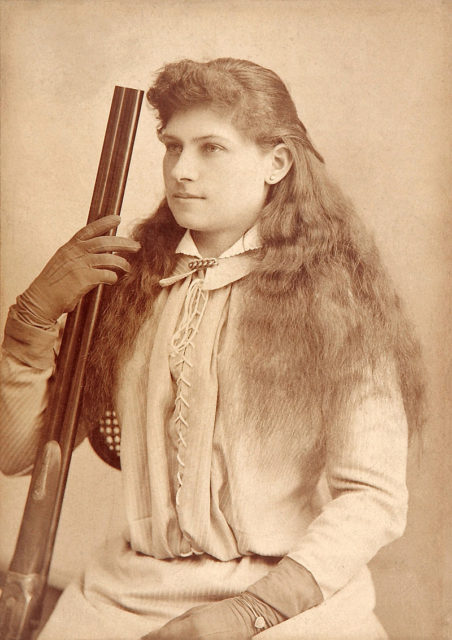
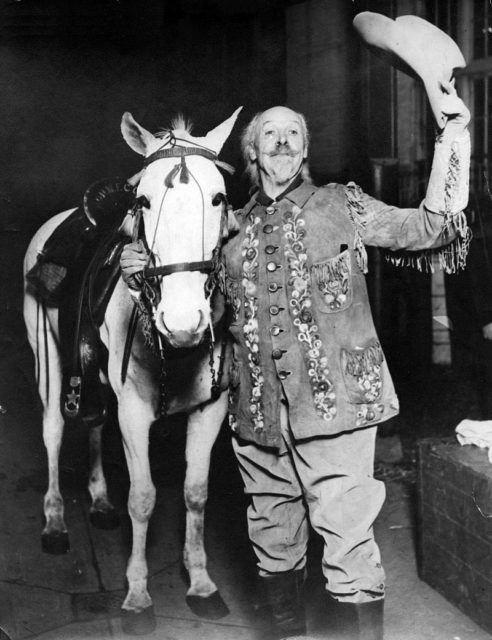
News of Cody’s fame reached the East thanks to the works of an author named Ned Buntline, who decided to immortalize Buffalo Bill in his famous novel titled, Buffalo Bill, The King of Border Men published in 1869.
On top of the successful novel, the story of Buffalo Bill was turned into theatrical productions contributing greatly to the popularity and success of the name Buffalo Bill in the East.
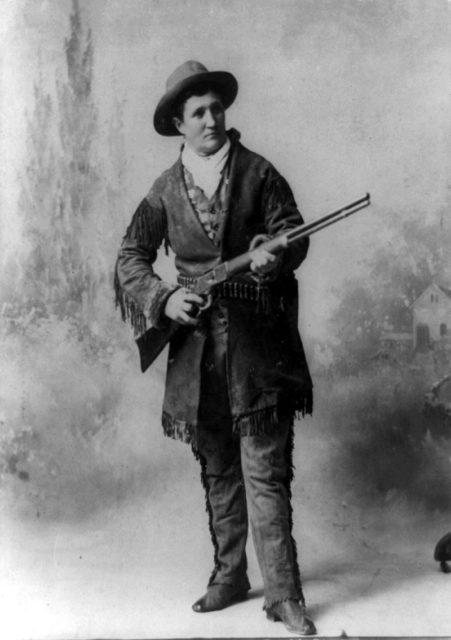
As the legend of Buffalo Bill started emerging in public spheres, Cody decided to appear in Buntline’s play and thus started a new chapter in the story of Buffalo Bill of the West. In 1883 Cody conceived an idea to immortalize the legend that he had unwittingly created and determined to launch his own Wild West show. Buffalo’s Bill’s Wild West Show was launched in the same year from Omaha, Nebraska. As the twentieth century began, William F. Cody had achieved the status of the greatest showman on the face of the earth.
Cody’s primary motivation for building a Wild West Show was his determination to protect the Western lifestyle in the face of industrialization and shifting political dynamics.
By incorporating his own adventures in a show open to the public, Cody wanted to share his Western experiences with the wider audience aiming to keep traditions alive for generations to come.
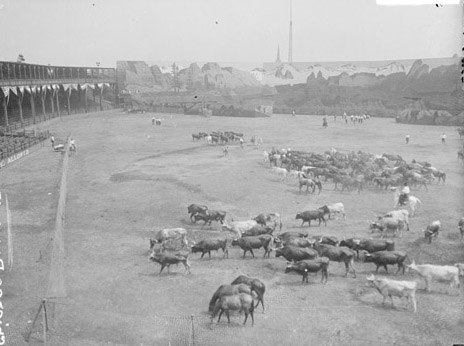
Prior to Buffalo Bill’s Wild West show’s success, the myth of western legends was largely confined to literature and novels which contributed a great deal to legitimizing Buffalo Bill’s often exaggerated gallantry and rough lifestyle. However, Cody went one step further by dramatizing those myths and legends with real men and emotions, which stirred even greater appreciation in his audience.
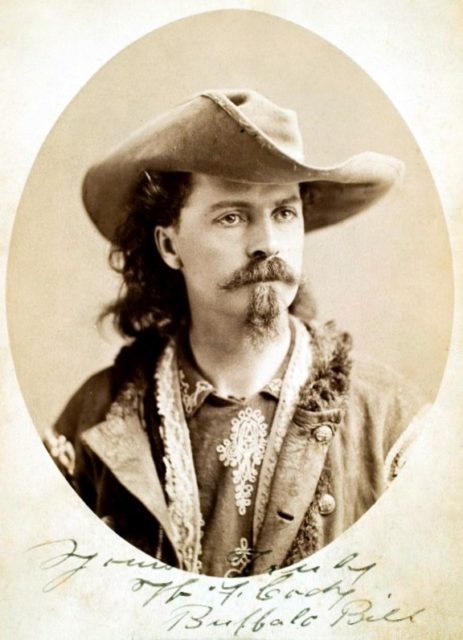
When most of us think of a Western, it conjures the image of Clint Eastwood riding a pale horse. However, historically speaking, credit for immortalizing rather inventing the entire genre of Wild West goes to Cody and Cody alone.
In creating the Wild West show, Cody unwittingly triggered a cultural paradigm shift in the perception of pioneers that seeped into the minds of 20th century Americans and gave rise to a West where outlaws and good men waged perpetual war and where life depended on one’s will to stand up for his/her rights and principles.
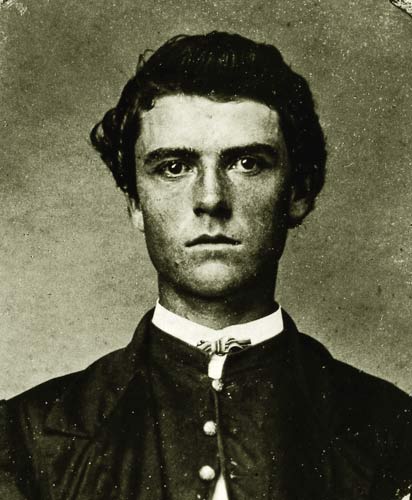
Cody’ Wild West shows mostly consisted of a series of re-enactments of real historical skirmishes along with displays of showmanship, hunts, sharp shooting exhibitions, racings and rodeo style events. The shows were long, often more than four hours, and attracted audiences of thousands of all ages and social classes. Typically, a show would begin with a horseback parade of all the performers and continue into specific acts.
The audience would gather in thousands to watch all the performers making their entry appearances alongside the famous Congress of Rough Riders.
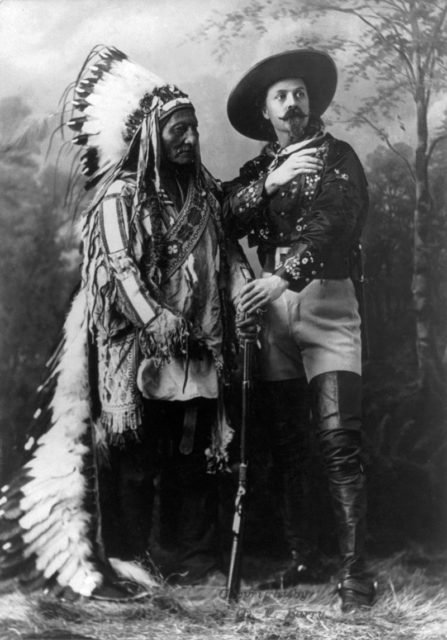
The Congress of Rough Riders was a group of expert marksmen from all over the world. One of the famous Rough Riders who appeared in the Buffalo Bill’s show was future President of the United States Theodore Roosevelt.
